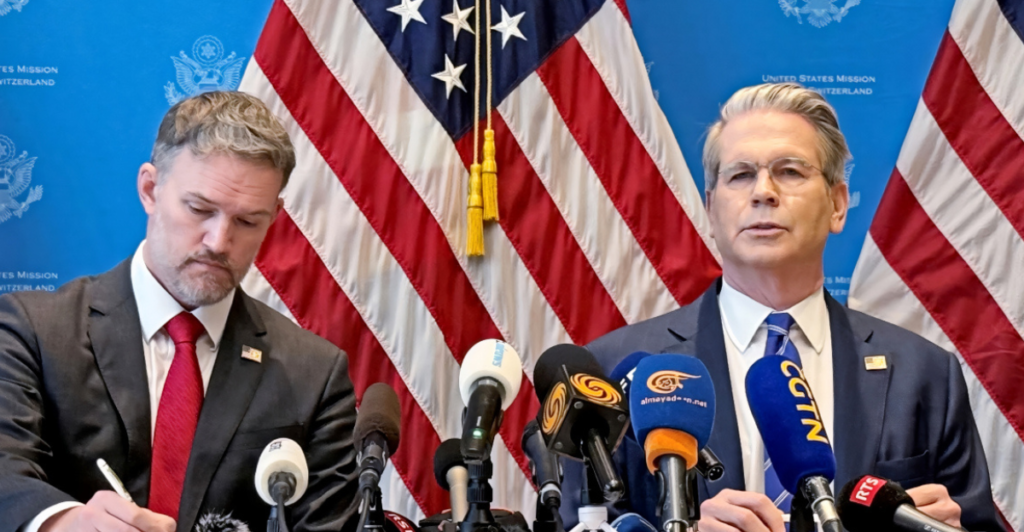
After decades of rising tensions, hard bargaining, and economic uncertainty, something extraordinary has happened: the US and China, the world’s two biggest economies, have agreed to lower tariffs—by up to 115%, no less—for 90 days.
Although that figure may look promising, what it actually tells us is of a stunning shift in a saga that has influenced global commerce since 2018.
The pivot has surprised commentators and injected life into international markets. But beneath the news story is a much more nuanced—and intriguing—narrative of economic competition, shared adversity, and careful cooperation. Let’s dive in.
Tariff War Timeline

For years, the US-China trade war was a chess game with fire pawns. Since 2018, tariffs on billions of dollars worth of goods have been imposed, targeting everything from soybeans to semiconductors.
Both sides were affected—American farmers were pinched, Chinese production was throttled, and global supply chains became tangled.
Shocking Rate Cuts

Scott Bessent, US Secretary of the Treasury, stood at a Washington podium and made the announcement with surprising clarity: beginning Wednesday, US tariffs on Chinese imports would drop from 145% to 30%.
China, in turn, would reduce its own from 125% to a mere 10%. To put this into perspective, these rates had effectively become trade walls. Now, they’re fences—still imposing, but climbable.
China’s Economic Strain

China has been struggling domestically: a wobbly housing sector, climbing youth unemployment, and decelerating factory production. Tariffs rubbed salt into already open wounds.
Beijing policy-makers have become increasingly vocal about the need to stabilize the economy. The timing on this deal was no accident. Neither was the rhetoric of their release: “mutual opening” and “respect” were new buzzwords.
U.S. Trade Pressures

The US, in turn, also started to feel the pinch. America’s trade deficit with China persisted. And consumers were starting to feel it too—firms that imported from China just transferred tariff costs onto American consumers.
And while some sectors boomed, others started to crumble from inflated costs and dwindling inventories. Bessent described the situation as “unsustainable,” and this move is Washington’s attempt to get back on track—if only temporarily.
The 90-Day Gamble
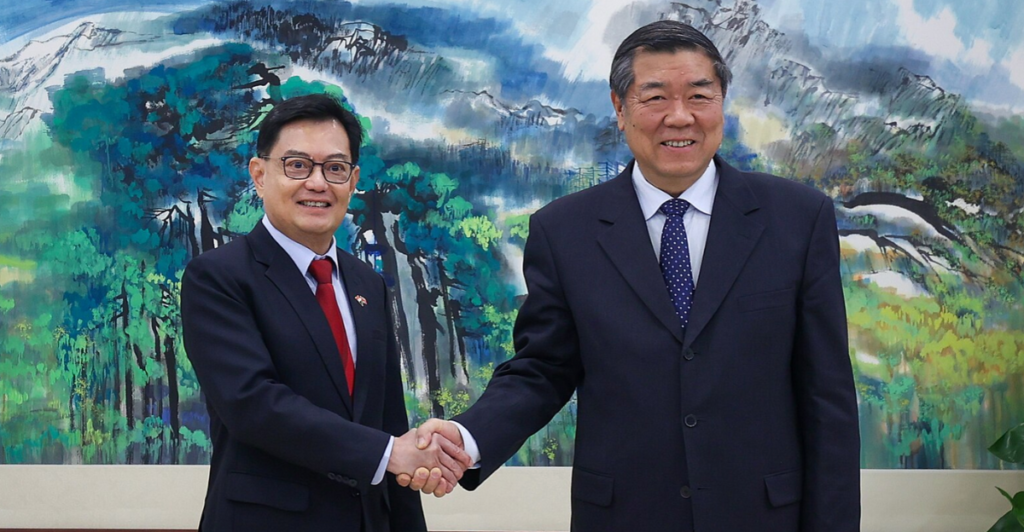
So why 90 days? It’s not arbitrary. Both negotiators understand that decades of economic pressure can’t be reversed in 90 days—but deadlines create pressure to make a choice. This is only a standstill, not a peace agreement.
Negotiations will resume, with Bessent and China’s Vice Premier He Lifeng at the helm. They’ll attempt to work out more contentious issues such as intellectual property theft, forced technology transfers, and government subsidies. That said, nobody’s expecting miracles.
History Repeats Lightly
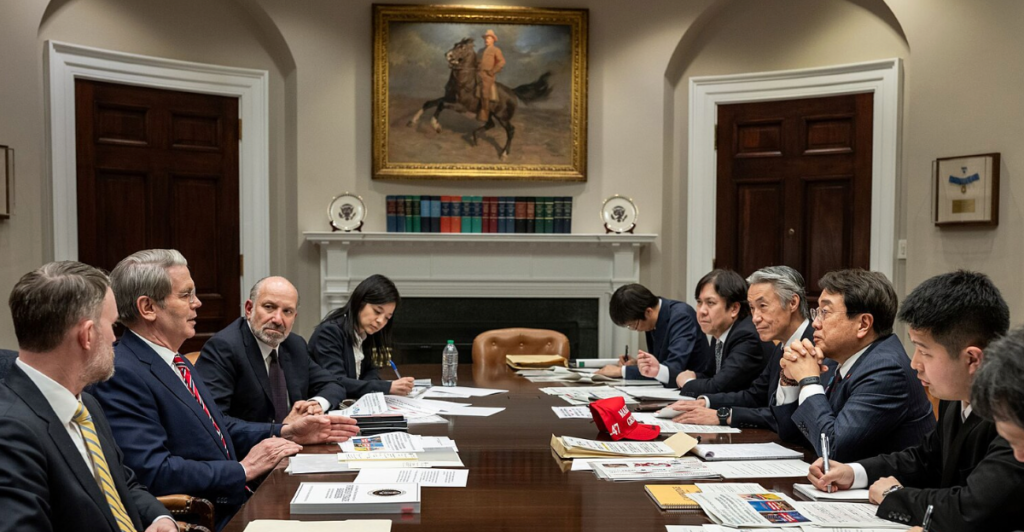
It was January 2020, in Trump’s first term, that the two countries signed the so-called “Phase One” deal. It flared briefly, then fizzled out.
China did not meet any of its purchase targets, and US complaints on IP and cybersecurity never went away. What’s changed now is how much economic suffering both countries are enduring—and a newly whispered tone of urgency in their statements.
Currency Surge Reaction
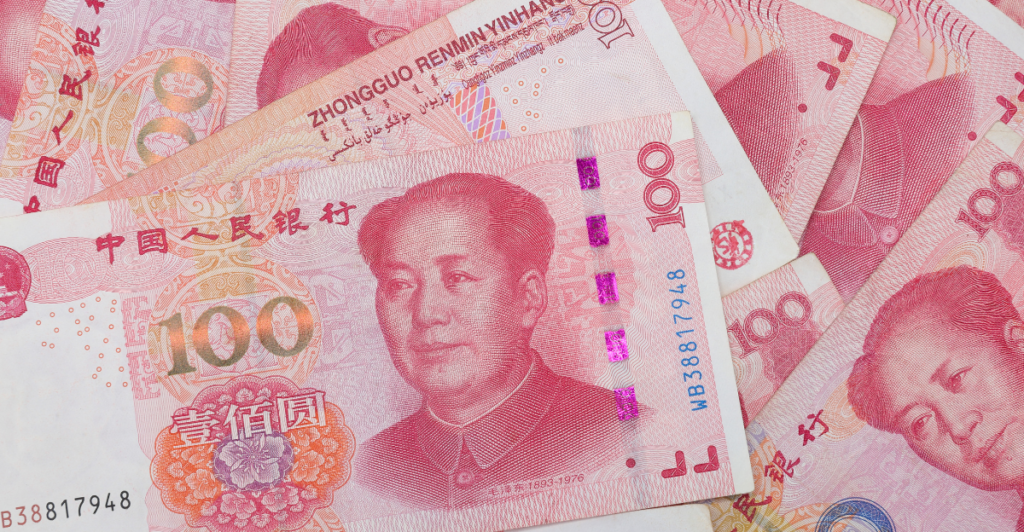
Intriguingly, both currencies surged right away after the news. The US dollar rose against the Euro, Pound, and Yen, and the Yuan rose too—representing an unusual moment of simultaneous optimism.
Economists are calling the cuts “larger than anticipated.” While a 30% tariff remains significant, it’s manageable. It tells markets: the door isn’t wide open, but it’s open—a little, and someone’s keeping it open.
Tariff Reality Check
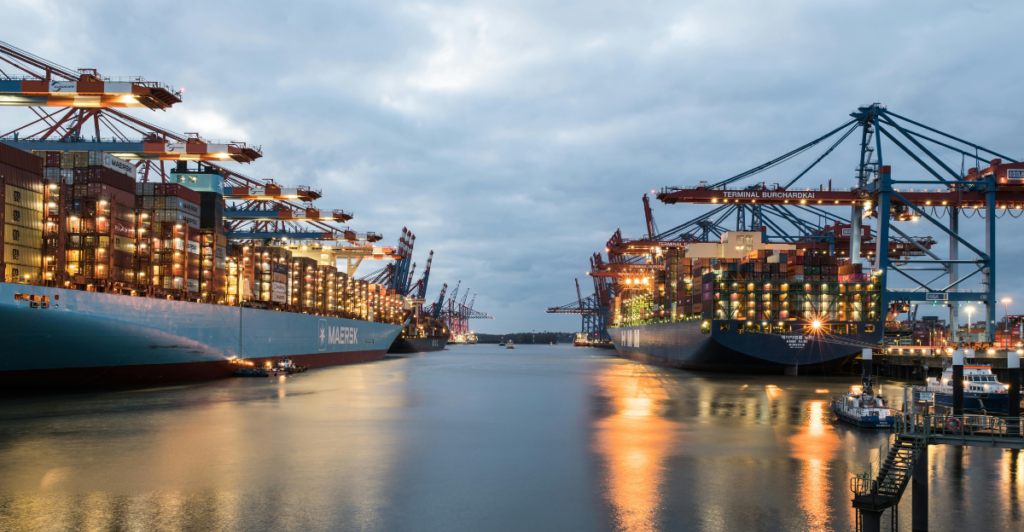
Let’s discuss numbers. These are not the usual 10% import tariffs. Prior to the reduction, US tariffs on Chinese imports had reached a record 145%. China’s was 125%.
That is not “tough”—that is a de facto trade embargo. Businesses are already revealing plans to resume shipping.
Fentanyl Clause Stays

But it’s not all rainbows and shipping containers. US tariffs still possess a targeted component to attempt to pressure China on fentanyl trafficking—a growing concern in relation to the opioid crisis.
Although this provision remains in place, US sources indicated China was willing to cooperate. This is another sign that things are shifting from tension to cautious participation.
China’s Cautious Hope
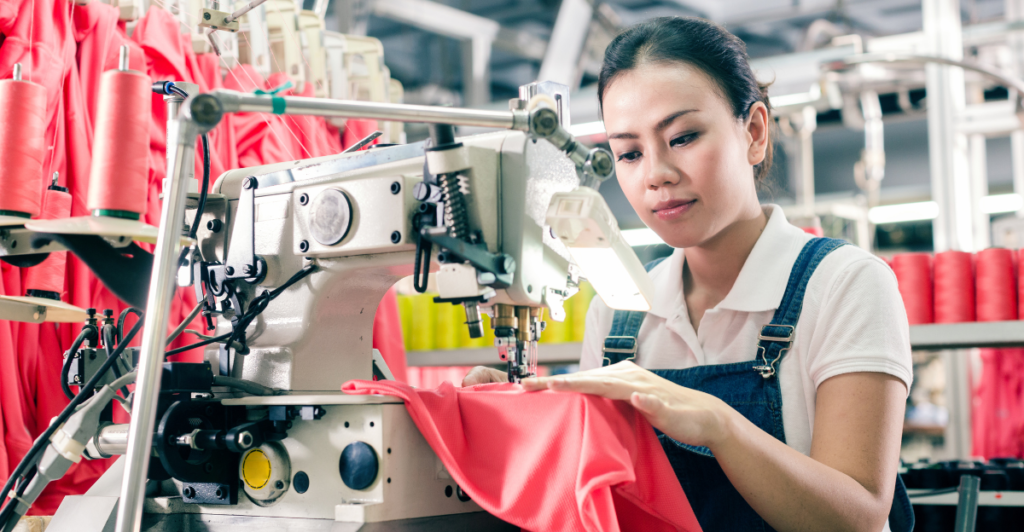
In China, however, news was taken with guarded relief. Factories whose orders have plummeted since demand from the US market weakened are counting days.
Some have already laid off workers as export orders weakened. A 90-day breather won’t necessarily cure structural problems, but it’s a bought reprieve. And for a government with domestic crises, time is precious.
Fragile Mutual Trust
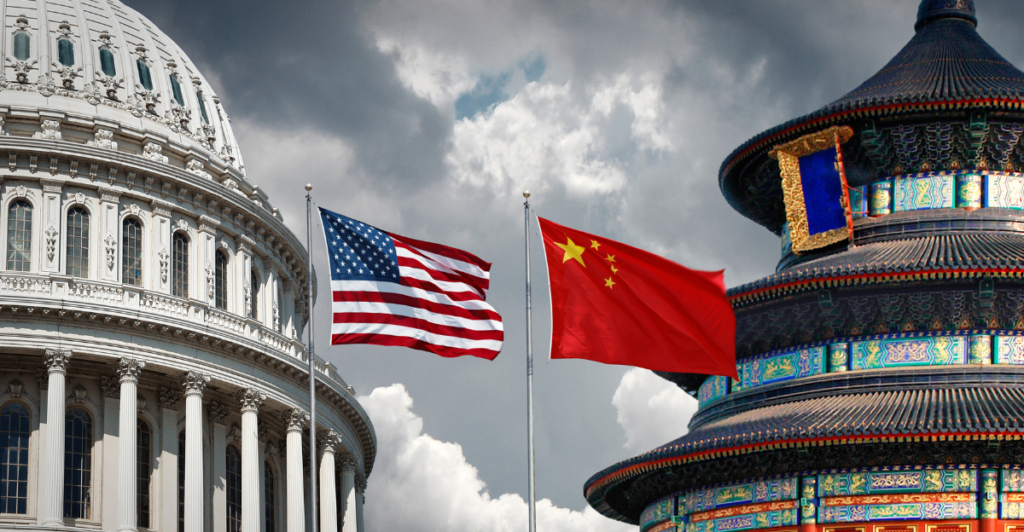
It’s too soon to tell if things will hold. Trust between the two countries is superficial, and too many Americans aren’t yet sold on China’s long-term goals.
And Chinese leaders distrust Washington’s frequent flip-flopping and political maneuvering. Both do know that they can’t live in a bubble, however. Their decisions resonate throughout the entire global economy, and isolation is no longer an option.
Consumer Relief Begins

What does that amount to for average folks? More affordable consumer goods, perhaps. A few bucks knocked off a few foreign purchases.
But above all, it brings down the temperature in an otherwise heating-up relationship at the neck. To foreign investors, it’s thumbs-up. For companies, it’s a green light to restart. And for governments everywhere—it’s relief.
Truce or Turning Point?

So does this mark the end of the beginning of the trade war—or merely a pause until the next installment? Nobody knows.
But for the time being, the two economic titans are negotiating, tariffs are reduced, and there’s a 90-day truce. In a world where mention of war and tensions often take over headlines, that’s a significant achievement. Watch this space… because the next step could be monumental.
Discover more trending stories and Follow us to keep inspiration flowing to your feed!

Craving more home and lifestyle inspiration? Hit Follow to keep the creativity flowing, and let us know your thoughts in the comments below!
